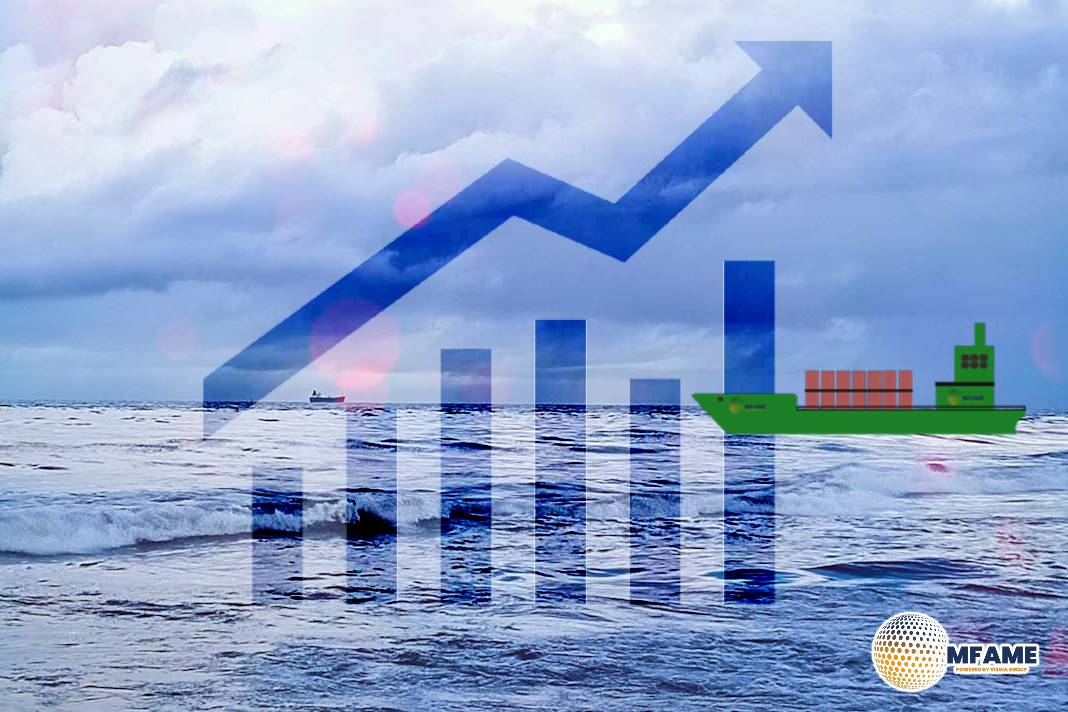 Recent saw significant tightening in market conditions in key deep-sea trades, with spot rates and surcharges rising steadily. The surge mimics the early pandemic growth phase, driven by vessel diversions around Africa, Asian port congestion and a spike in export demand from Asia. The question now is whether this trend will continue or if we will see a market reversal.
Recent saw significant tightening in market conditions in key deep-sea trades, with spot rates and surcharges rising steadily. The surge mimics the early pandemic growth phase, driven by vessel diversions around Africa, Asian port congestion and a spike in export demand from Asia. The question now is whether this trend will continue or if we will see a market reversal.
Drivers of Market Spikes
- Vessel Diversion and Port Congestion: Major vessels being rerouted around Africa due to the Red Sea crisis and subsequent port congestion in Asia are key contributors to the market spike. This has led to increased transit times and costs, exacerbating supply chain disruptions.
- Asian Export Demand: A significant increase in export demand from Asia is another major driver. If this demand surge is an early peak season phenomenon, we may see a peak in July, with a slow decline through September. However, sustained demand could prolong market strength.
Short-Term and Long-Term Market Outlook
- Short-Term: In the short term, the Red Sea crisis will continue to impact global supply-demand balance. While new vessel deliveries may ease some pressure, overcapacity and rate collapses are unlikely if demand remains normal. Labour disruptions on the US East Coast pose a significant risk, potentially triggering another surge in rates.
- Long-Term: In the long term, stakeholders must consider the possibility of continued vessel diversions around Africa for several years. Middle Eastern conflicts often have long resolutions, and persistent instability in the Red Sea region could necessitate permanent changes in supply chain and sourcing strategies.
Potential Implications for Stakeholders
- Monitoring Key Factors: Stakeholders should closely watch for signs of demand abatement in July and the outcome of US East Coast union negotiations. These elements will determine if current market conditions are a temporary spike or indicative of a more sustained trend.
- Adapting to Prolonged Disruptions: If the Red Sea crisis persists, stakeholders will need to restructure supply chains and sourcing patterns to adapt to longer shipping routes and higher costs, ensuring resilience in the face of ongoing geopolitical instability.
Did you subscribe to our daily Newsletter?
It’s Free! Click here to Subscribe
Source: Baltic Exchange















